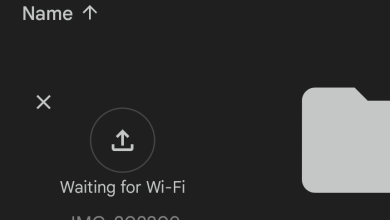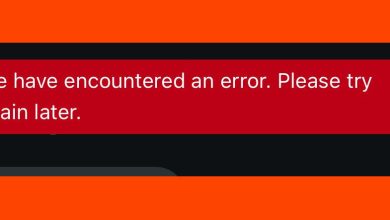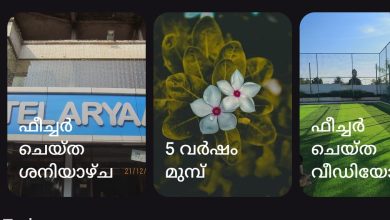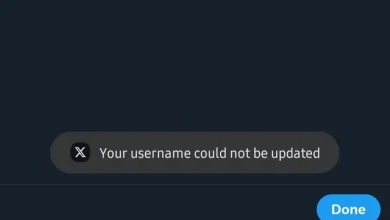6 Ways to make your Android phone and tablet completely ad-free
Ads on mobile devices can be very disruptive—they take up valuable screen space and can drain both your data and battery life. In this guide, we’ll walk through several easy and effective ways to block ads on your Android phones and tablets. We’ll cover built-in system options, third-party apps, and browser-based ad-blockers.

By following this guide, you’ll be able to control your Android experience and enjoy ad-free browsing.
1. Use Private DNS
You can use a private DNS server to help block ads on your Android device. Private DNS servers work by filtering and blocking known ad domains, making it harder for ads to load on your device.
- Open the Settings app on your device.
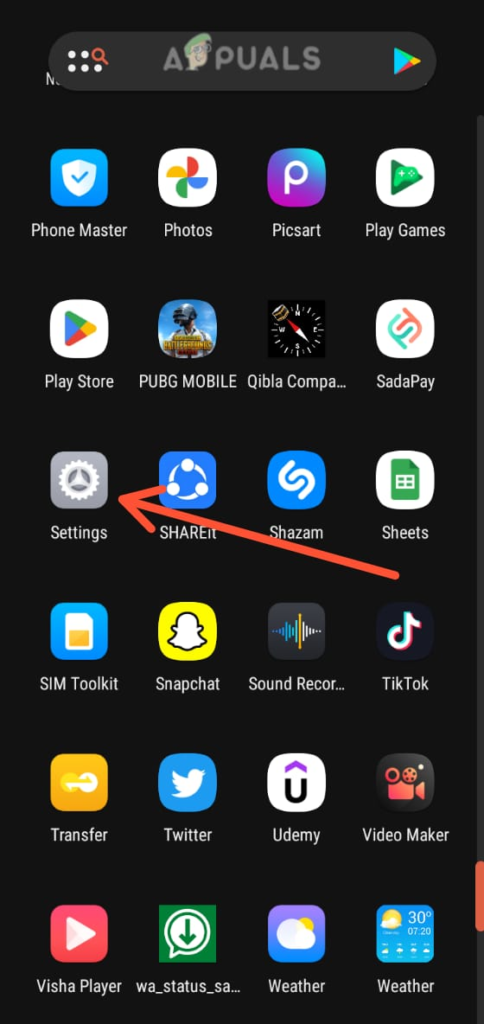
Open the Settings app - Tap on More connections or a similar networking option, depending on your phone.

Select More connection - Select Private DNS.

Select Private DNS All smartphones have slightly different menus. If you can’t find Private DNS, just type “private DNS” into your Settings search bar and it should show up.
- Select “Private DNS provider hostname,” and enter the hostname of the DNS service you want to use.

Select hostname Here are some popular options:
- quad9.net (Blocks malware and phishing websites)
- dns.adguard.com (Ad-blocking service)
- cloudflare-dns.com (Reliable DNS provider with additional blocking options)
- Tap Save to apply the changes.
This is one of the most effective and safest ways to block ads, as it works for both installed apps and system-level ads.
Keep in mind, using a private DNS might impact the performance of some apps or cause certain features to stop working correctly. Private DNS may not block every single ad—especially those built directly into apps.
2. Use an Ad-Blocker App
Ad-blocker apps are helpful for blocking unwanted ads across your Android device. These apps work by preventing your phone from downloading ads from known servers.
Many reliable ad-blocking apps are available for Android.
AdBlock Plus: AdBlock Plus is widely used for blocking ads system-wide—including in apps, on the web, and in pop-ups. You can also customize block lists, and it offers features to block tracking and malicious domains.

AdAway: AdAway is an open-source ad-blocker that works by updating your device’s host files to block ad domains. It requires a rooted device to function.

DNS66: DNS66 blocks ads by creating a local VPN on your device. It filters DNS queries against ad domain lists, blocking ads system-wide without requiring root access.

Blokada: Blokada is another great app that blocks ads across your device, including in apps and browsers. It uses a local VPN to filter your network traffic and block unwanted content.

Most ad-blocker apps require you to enable them as a VPN service on your device. Some may require root access—always read app descriptions and user reviews before installing. Note that using ad blockers may cause a few apps or features to work unexpectedly.
3. Use a Browser With Built-in Ad-Blocking
If you mainly see ads while browsing, using a browser with a built-in ad-blocker is a simple solution. These browsers block ads and trackers out of the box. You can enable these options in their settings menu.
Some good browsers with ad-blocking features include:
Brave Browser: Brave Browser is free and open-source. It automatically blocks ads, trackers, and scripts, and lets you customize block lists. Additional privacy tools like a built-in VPN are also available.

Firefox Focus: Firefox Focus is Mozilla’s browser focused on privacy. It blocks ads, analytics, and social trackers by default. You can customize what’s blocked in its settings.

Opera Browser: Opera browser comes with a built-in ad-blocker and “Opera Turbo” mode, which speeds up browsing and saves data by compressing webpages.

Samsung Internet: Samsung Internet has a “Content Blockers” option that lets you block ads and other unwanted content. You can turn this on or off in its settings.
AdBlock Browser: AdBlock Browser is built on Chromium and blocks ads, banners, and pop-ups by default. You can further adjust these settings based on your preference.

Each browser works slightly differently, so you might want to try a few to see what suits you best. Keep in mind, blocking ads can sometimes cause certain websites to stop working properly. Many websites rely on ads to keep their content free—consider supporting sites you enjoy!
4. Use Site Settings in Chrome
If you use Chrome, you can limit or block ads by changing its site settings. Google Chrome doesn’t allow total ad-blocking due to its revenue model, but you can still reduce the number of annoying ads and pop-ups by following these steps:
Here’s how to change ad settings in Chrome on Android:
- Open Chrome on your Android device.

Launch Chrome on your device - Tap the three dots in the top-right corner and select Settings.
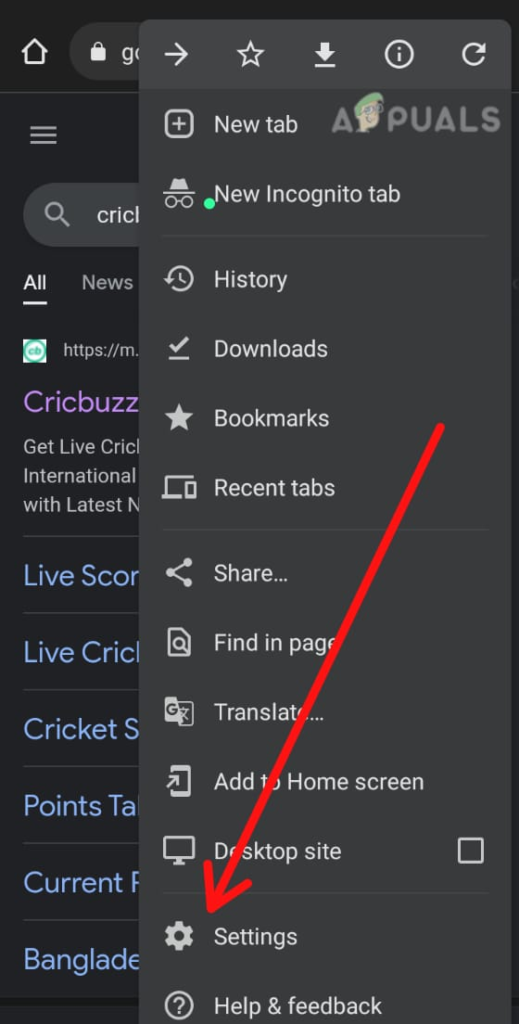
Go to Settings - Scroll down and tap Site settings.
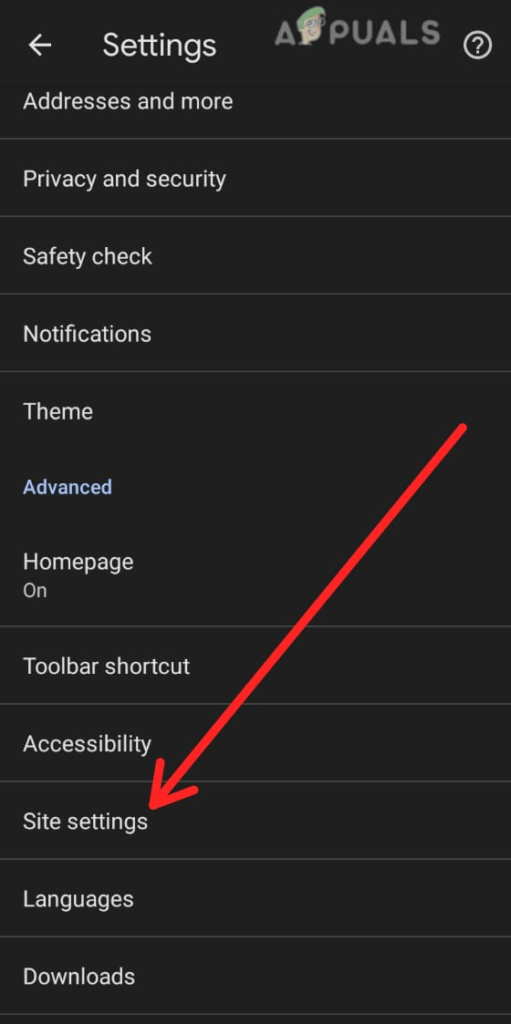
Select Site Settings - Scroll down and select Ads.
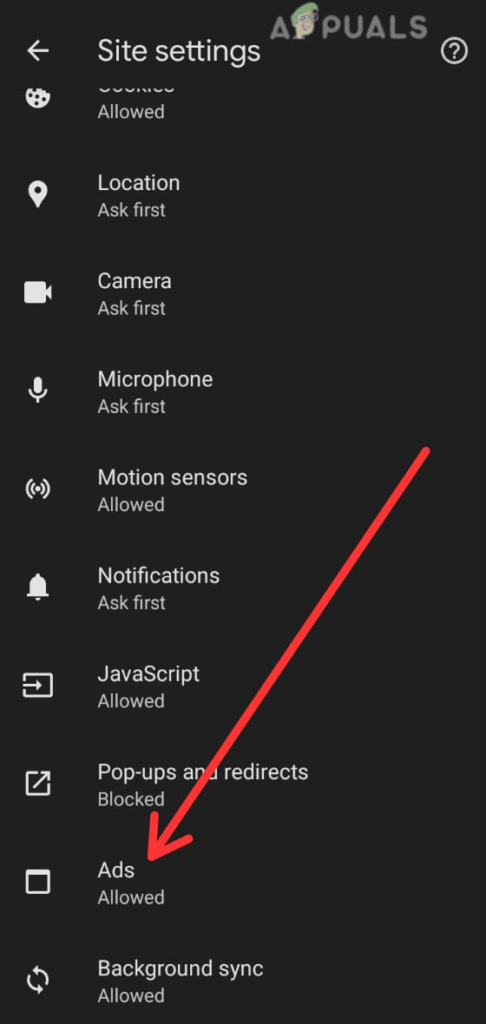
Tap on the Ads option - Toggle the Block Ads option.
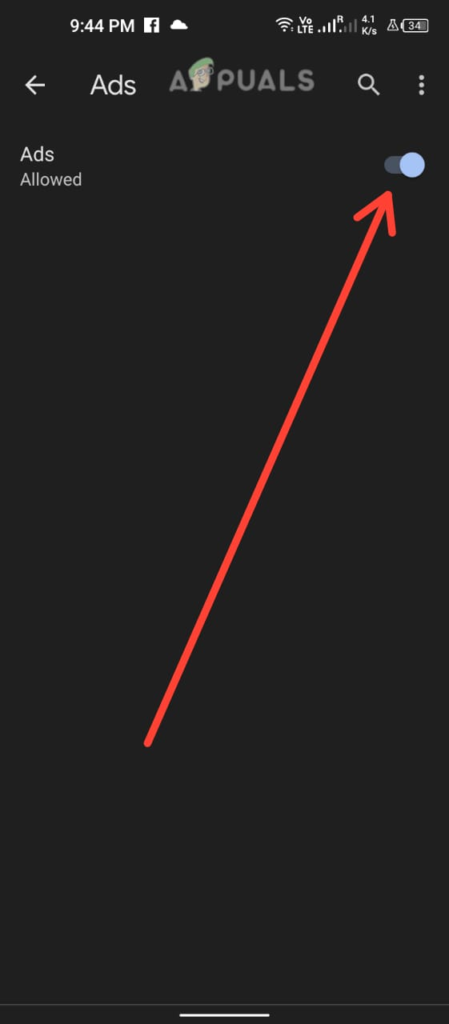
Turn off the toggle
This will block most pop-up ads and intrusive ads across websites when browsing in Chrome.
5. Use the Ad-Free Version of the App
Many apps offer a paid version that removes all ads. If an app’s ads are bothering you and there’s an ad-free or premium option available, consider upgrading. This not only gives you a smoother experience but also supports the developers.
Keep in mind, many free apps rely on ads to make money, so removing ads could impact the developers’ ability to keep the app updated and running. Also, be cautious about downloading unknown ad-blocker apps, as some can be harmful or contain spyware.
By using these simple methods, you can reduce or stop most of the ads on your Android device. This can make your phone more enjoyable to use, help you save data, and improve your overall security.

